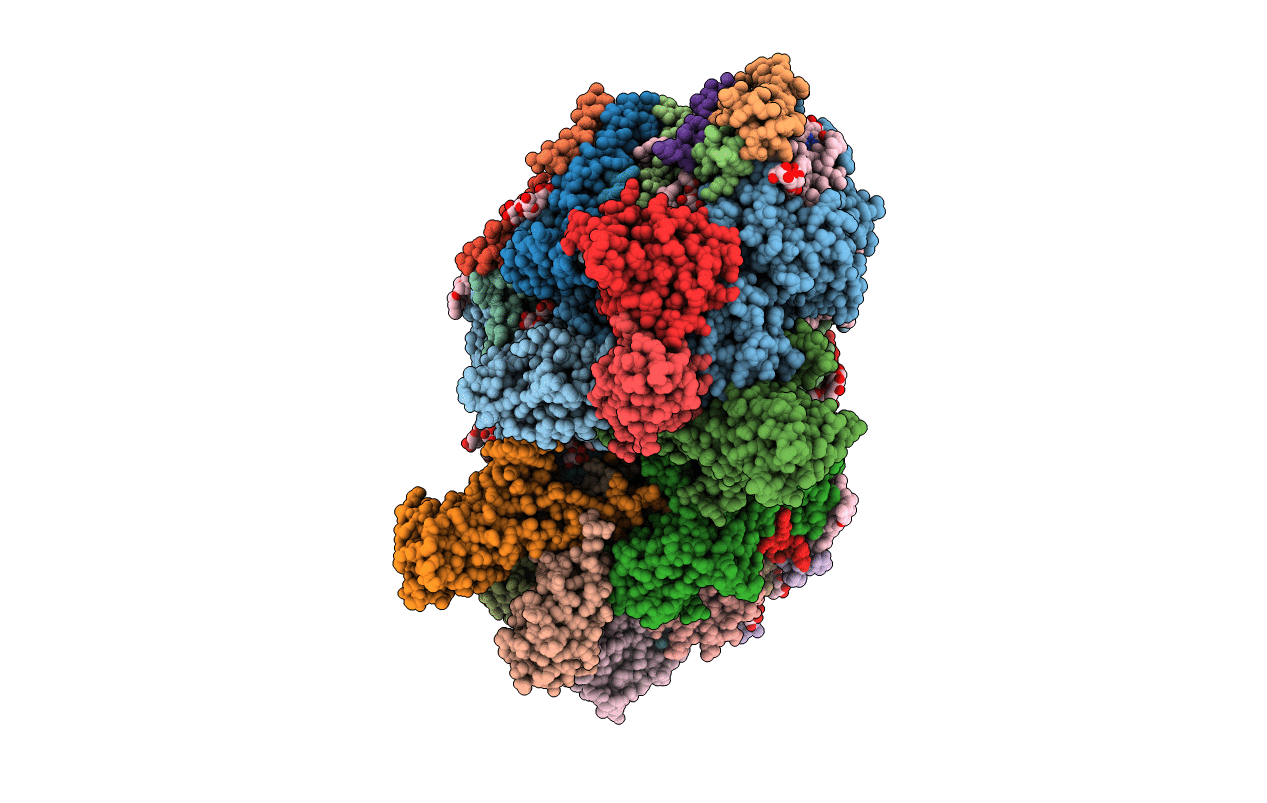
Deposition Date
2012-05-23
Release Date
2012-06-20
Last Version Date
2024-11-20
Method Details:
Experimental Method:
Resolution:
6.56 Å
R-Value Free:
0.38
R-Value Work:
0.36
R-Value Observed:
0.36
Space Group:
P 21 21 21


